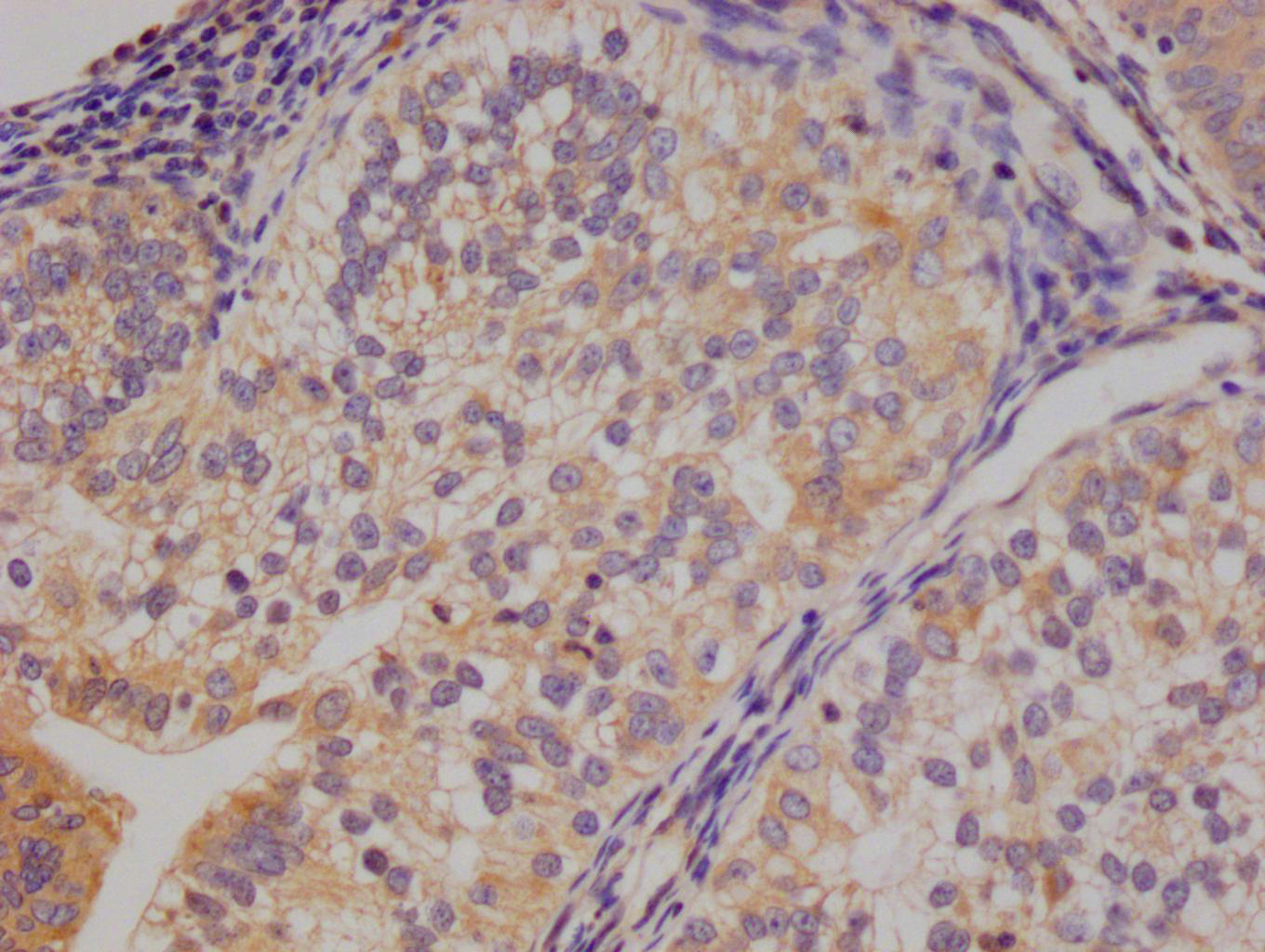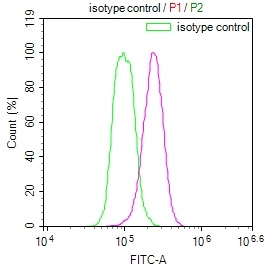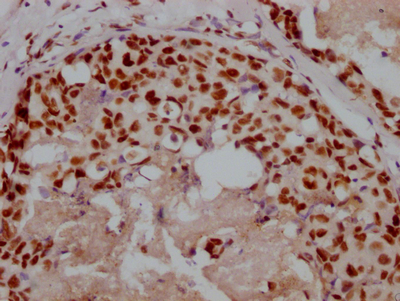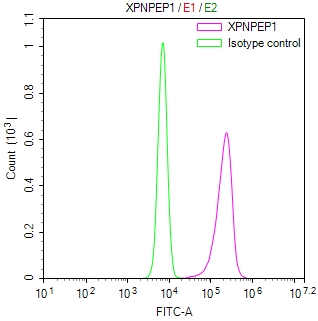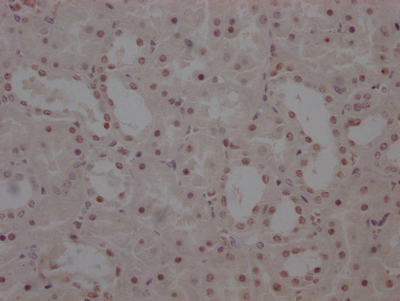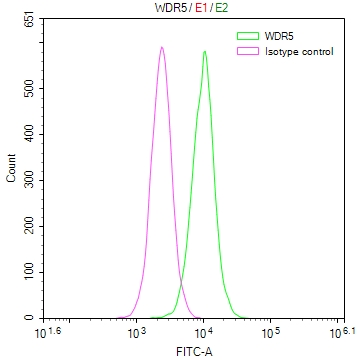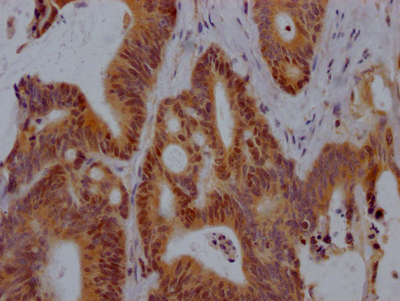SEC61G Antibody
-
中文名稱:SEC61G兔多克隆抗體
-
貨號:CSB-PA020959GA01HU
-
規(guī)格:¥3,900
-
其他:
產品詳情
-
Uniprot No.:
-
基因名:
-
別名:SEC61G; Protein transport protein Sec61 subunit gamma
-
宿主:Rabbit
-
反應種屬:Human,Mouse,Rat
-
免疫原:Human SEC61G
-
免疫原種屬:Homo sapiens (Human)
-
抗體亞型:IgG
-
純化方式:Antigen Affinity purified
-
濃度:It differs from different batches. Please contact us to confirm it.
-
保存緩沖液:PBS with 0.1% Sodium Azide, 50% Glycerol, pH 7.3. -20°C, Avoid freeze / thaw cycles.
-
產品提供形式:Liquid
-
應用范圍:ELISA,WB,IHC
-
Protocols:
-
儲存條件:Upon receipt, store at -20°C or -80°C. Avoid repeated freeze.
-
貨期:Basically, we can dispatch the products out in 1-3 working days after receiving your orders. Delivery time maybe differs from different purchasing way or location, please kindly consult your local distributors for specific delivery time.
-
用途:For Research Use Only. Not for use in diagnostic or therapeutic procedures.
相關產品
靶點詳情
-
功能:Component of SEC61 channel-forming translocon complex that mediates transport of signal peptide-containing precursor polypeptides across endoplasmic reticulum (ER). Component of a ribosome-associated ER translocon complex involved in multi-pass membrane protein transport into the ER membrane and biogenesis. The SEC61 channel cooperates with the translocating protein TRAM1 to import nascent proteins into the ER.
-
基因功能參考文獻:
- Sequencing of childhood ependymoma samples indicate Sec61 gamma subunit protein (SEC61G)-epidermal growth factor receptor (EGFR) chimeric mRNAs in one infratentorial ependymoma , arguing that this fusion occurs in a small proportion of these tumors. PMID: 29092923
- Cotransin, a substrate-selective Sec61 inhibitor, traps nascent transmembrane domains in the cytosolic vestibule, permitting detailed interrogation of an early pre-integration intermediate. PMID: 24497544
-
亞細胞定位:Endoplasmic reticulum membrane; Single-pass membrane protein.
-
蛋白家族:SecE/SEC61-gamma family
-
數(shù)據(jù)庫鏈接:
Most popular with customers
-
-
YWHAB Recombinant Monoclonal Antibody
Applications: ELISA, WB, IHC, IF, FC
Species Reactivity: Human, Mouse, Rat
-
-
-
-
-
-


